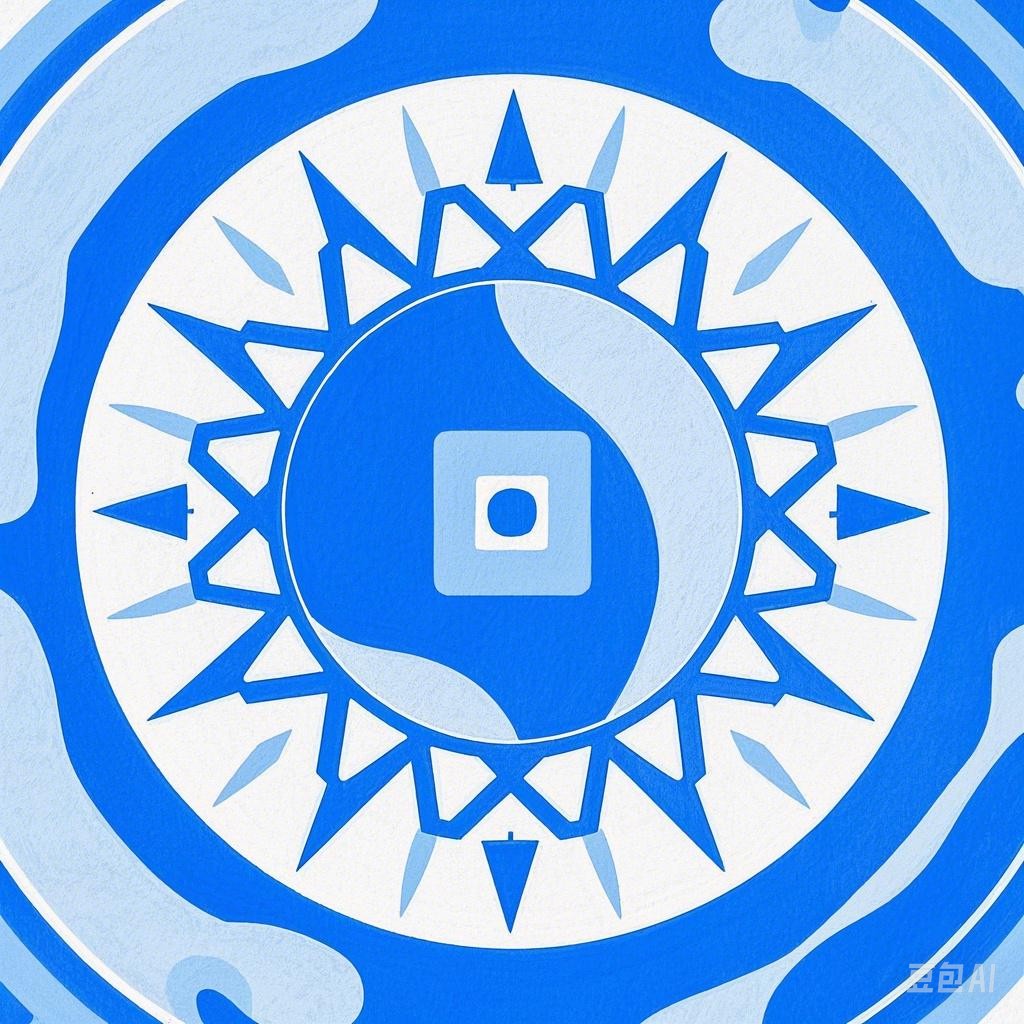Introduction
This presentation aims to explore and compare the rich tapestry of Western and Chinese festivals. Festivals are an integral part of cultural identity, reflecting the history, beliefs, and values of a society. By examining the similarities and differences between these festivals, we can gain a deeper understanding of the cultural diversity that exists in our world.
Western Festivals: A Snapshot
1. Christmas
- Date: December 25th
- Origin: Celebrates the birth of Jesus Christ
- Significance: Marks the end of the Advent season and is widely celebrated with family gatherings, gift-giving, and religious ceremonies.
- Traditional Symbols: Christmas tree, Santa Claus, gifts, holly, and mistletoe.
2. Thanksgiving
- Date: Fourth Thursday in November
- Origin: Celebrates the harvest and the Pilgrims’ first successful crops in the New World.
- Significance: A time for family reunions and expressing gratitude for the year’s blessings.
- Traditional Symbols: Turkey, stuffing, cranberry sauce, and pumpkin pie.
3. Halloween
- Date: October 31st
- Origin: Derived from the Celtic festival of Samhain, celebrating the end of the harvest season and the beginning of winter.
- Significance: A night of spooky fun, trick-or-treating, and costume parties.
- Traditional Symbols: Pumpkins, ghosts, witches, and black cats.
Chinese Festivals: A Glimpse
1. Chinese New Year (Spring Festival)
- Date: varies according to the lunar calendar
- Origin: Celebrates the beginning of a new year on the Chinese lunar calendar.
- Significance: A time for family reunions, honoring ancestors, and welcoming prosperity and good fortune.
- Traditional Symbols: Red decorations, lanterns, and firecrackers.
2. Mid-Autumn Festival
- Date: August 15th according to the lunar calendar
- Origin: Celebrates the harvest and the full moon, symbolizing completeness and abundance.
- Significance: A time for family reunions, moon watching, and enjoying mooncakes.
- Traditional Symbols: Mooncakes, lanterns, and the full moon.
3. Dragon Boat Festival
- Date: May 5th according to the lunar calendar
- Origin: Celebrates the memory of Qu Yuan, a famous poet and statesman who drowned himself in the Miluo River.
- Significance: A time for dragon boat races, eating zongzi (sticky rice dumplings), and honoring heroes.
- Traditional Symbols: Dragon boats, zongzi, and the spirit of loyalty and patriotism.
Comparative Analysis
Similarities
- Family Reunions: Both Western and Chinese festivals emphasize the importance of family and often involve reunions with loved ones.
- Symbolism: Festivals in both cultures use symbols to represent specific themes, such as prosperity, luck, and harvest.
- Food: Festive meals are a significant part of both Western and Chinese celebrations, often including traditional dishes that symbolize good fortune and abundance.
Differences
- Religious Significance: Western festivals often have a strong religious component, while Chinese festivals are more focused on cultural and historical significance.
- Duration: Western festivals are typically shorter, lasting a few days, while Chinese festivals can last for weeks.
- Celebratory Practices: The activities associated with festivals vary widely, with some being more focused on religious observances and others on entertainment and communal events.
Conclusion
By exploring and comparing the rich tapestry of Western and Chinese festivals, we gain a deeper appreciation for the cultural diversity that exists in our world. Festivals provide a window into the values, beliefs, and histories of different societies, allowing us to celebrate our differences and appreciate our commonalities.
